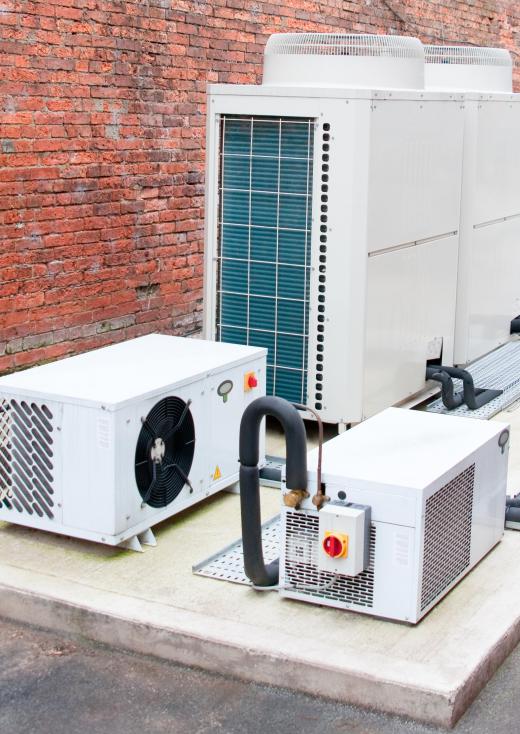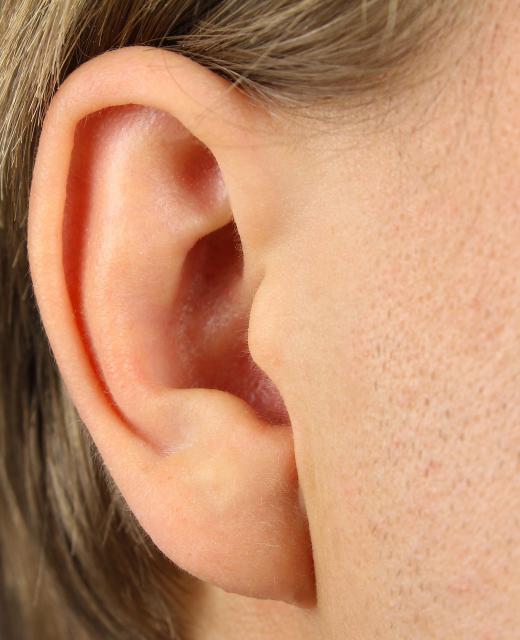An ultrasonic leak detector is a specialized instrument used to detect vapor or gas leaks in places where they cannot be seen or detected by hearing or smelling them. Ultrasonic leak detectors are often used in industrial applications where they may be used to detect refrigerant leaking from a large chiller or industrial cooler, or poisonous or flammable gas leaking from a storage tank or other repository. Many ultrasonic leak detectors are small and portable enough to be used in service vans by plumbers and heating and air conditioning technicians, who used them to detect natural gas leaks or refrigerant leaks in home air conditioning systems that can be quite complex and hard to diagnose otherwise.
An ultrasonic leak detector can detect the vibrations created in the air by minuscule leaks of gas or vapor under pressure, and turn them into an audible hissing sound or alarm that can be easily detected by the operator of the leak detector. Using the same technology that can detect a baby’s heartbeat while it is inside its mother’s womb, the ultrasonic leak detector uses waves that travel above the frequency that humans can hear to bounce off of disruptions in the surrounding air caused by the gas or vapor leak. It can then electronically convert those disruptions into a useful sound that is heard by a human ear.

The process by which an ultrasonic leak detector converts these disruptions into sound is called heterodyning, and it is essentially the same technology used for radio transmittal as well. Converting a sound wave into an electronic impulse allows the detector to be useful without having a tester that creates open flames or the potential for sparks. An ultrasonic leak detector is also an alternative to sensitive gas “sniffing” technology that is often unable to detect the smallest leaks in a system because of other gases present in the ambient air. Prior to the use of ultrasonic leak detectors, these sniffer type leak detectors had to be calibrated to detect certain gases or vapors and might miss other potentially dangerous or costly leaks entirely if they were not properly calibrated.

Ultrasonic leak detection technology has changed the way businesses are able to maintain and service their gas bearing equipment. It has reduced downtime and hazardous exposure to chemicals. The technology has also increased the ability of any technician, even one without specific knowledge and skills, to detect and mark a leaking pipe or other pressure bearing vessel.
